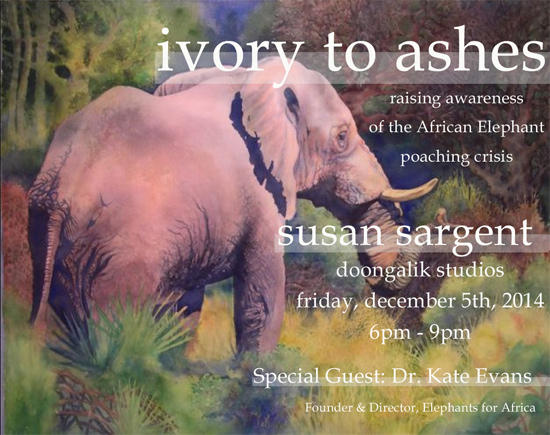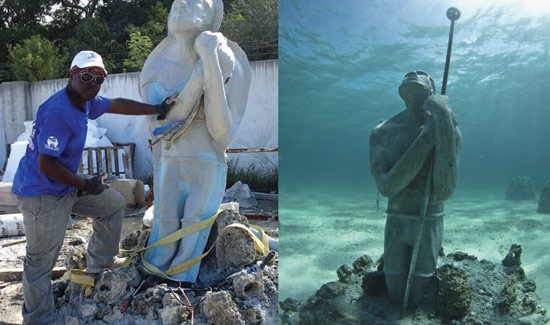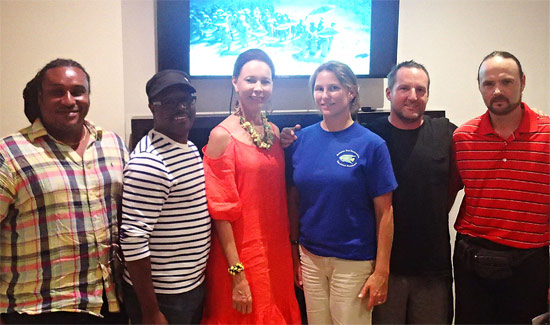 Nassau, The Bahamas – National Heritage sites allow Bahamian students a scientific and educational advantage to learn and interact with virgin biodiversity resources.
Nassau, The Bahamas – National Heritage sites allow Bahamian students a scientific and educational advantage to learn and interact with virgin biodiversity resources.
Bonefish Park, off Cowpen Road, is one of many national sites currently being nominated by the Bahamas National Trust (BNT), as a biosphere reserve to be added to UNESCO’s World Network of Biosphere Reserves (WNBR), as international protected areas. The Bahamas will be added to its recent list of 564 internationally protected areas in 109 countries worldwide.
“Bonefish pond is unique because it’s a coastal wetland and it’s one of the two wetland national parks that we have in Nassau. We have Harrold and Wilson Pond, which is an inland wetland, and they are beneficial in helping us to give the students the practical experience about the four types of mangrove habitats that they learn about in the classroom,” said Shacara Lightbourne, BNT Education Officer.
“Any school can call and book a time with us an we’ll come out and take them on a tour of the wetlands. We start off with a walking tour of the mangrove systems and then discuss the copious forests and different vegetation species that exist as we move closer to the water.”
Bonefish Park is home to baby groupers, conch, and bonefish along with other native species of birds, also members of the Bahamian biodiversity network. Currently, park wardens manage the space for vegetation, fish, and birds to coexist within the park.
“We have park wardens that come out daily to check to see what’s going on in the parks and clean up the parks as well. In Harrold and Wilson Ponds, we have a lot of cattails, which is a type of vegetation that they must weed out,” said Ms. Lightbourne.
“With the resources we have, we try to police the area a lot, along with help from the Defence Force and other partners that we have. We also try to keep the pollution down. We also put up different signage to keep visitors informed about the park system.”
Ms. Lightbourne encourages the public to support the National Trust’s park system, to visit parks to learn about the Bahamian ecosystem and its interconnectivity to the world.
“Bonefish park is a national park and they are open to everybody. Anytime families want to come to Bonefish Pond, sit down and have a picnic, this is a good place to come and hang out. Some people like to go fishing on the outskirts too. I’d like to encourage people to get to know their national parks, try to enjoy them and get to know and appreciate the differences there are between them,” said Ms. Lightbourne.
BNT’s educational department aims to give the public more information about the park system so there is more appreciation about the natural resources Bahamians have and need to protect for sustainability.
“Right now, we have a shark campaign going on and we are trying to educate the public about the importance of sharks to our ecosystem,” said Ms. Lightbourne.
“They are top predators and they help to cull the sick or they keep the population of certain herbivores down to balance out the diversity in the sea. Education is the way we can bridge the gap between our natural life and human beings.”
By Gena Gibbs
Bahamas Information Services



